Please wait
Why you'll love diving in Spain!
Diving in Spain may be taken on the mainland coast, Balearic Islands and the Canary Islands. At Planet we offer diving holidays on Fuerteventura in the Canary Islands. The rocky topography forms reefs with overhangs, caves and caverns filled with soft corals, sponges and anemones. Inhabitants include morays and congas and macro life including schools of big and small fish, barracudas, mackerels and tuna. Groupers, angel sharks, rays, sepias can also be seen and in the blue you may find dolphins, mantas, and whale sharks. In summer there is even a chance to dive with whales.
The “meseta” (high tableland of central Spain) and Ebro basin have a continental climate: scorching in summer, cold in winter, and dry. Madrid regularly freezes in December, January, and February, and temperatures climb above 30°C in July and August. The Mediterranean coast and Balearic Islands get a little more rain than Madrid, and the south can be even hotter in summer. The Mediterranean, particularly around Alicante, also provides Spain’s warmest waters (reaching 27°C or so in August). Barcelona’s weather is typical of the coast – milder than in inland cities but more humid. In general you can usually rely on pleasant or hot temperatures just about everywhere from April to early November. In Andalucía there are plenty of warm, sunny day’s rights through winter. In July and August, temperatures can get unpleasantly hot inland. Depending on what you’re after, Spain is a year-round destination. The ideal months to visit are May, June and September. At these times you can rely on good to excellent weather, yet avoid the sometimes extreme heat – and the main crush of Spanish and foreign tourists – of July and August, when temperatures can climb to 45°C in inland Andalucía; at this time, Madrid is unbearable and almost deserted.
Top hotels in spain




 Nassau
Nassau
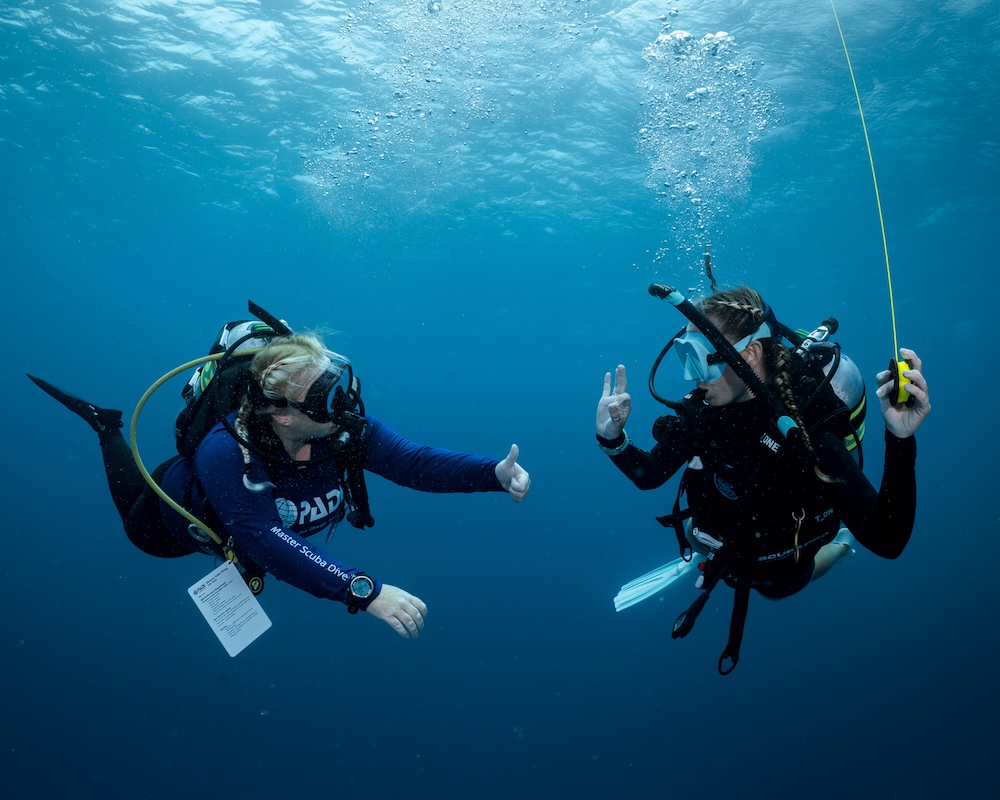

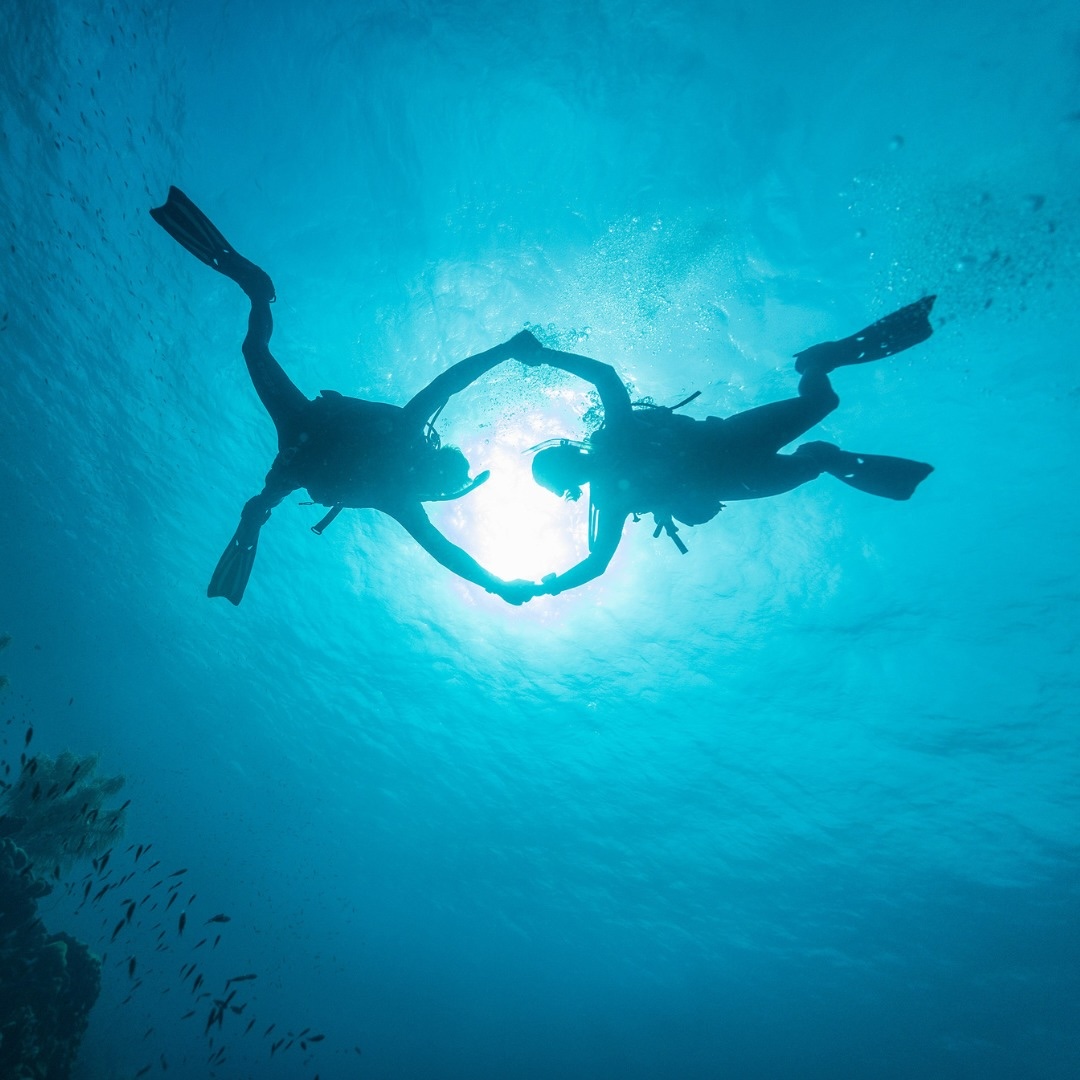
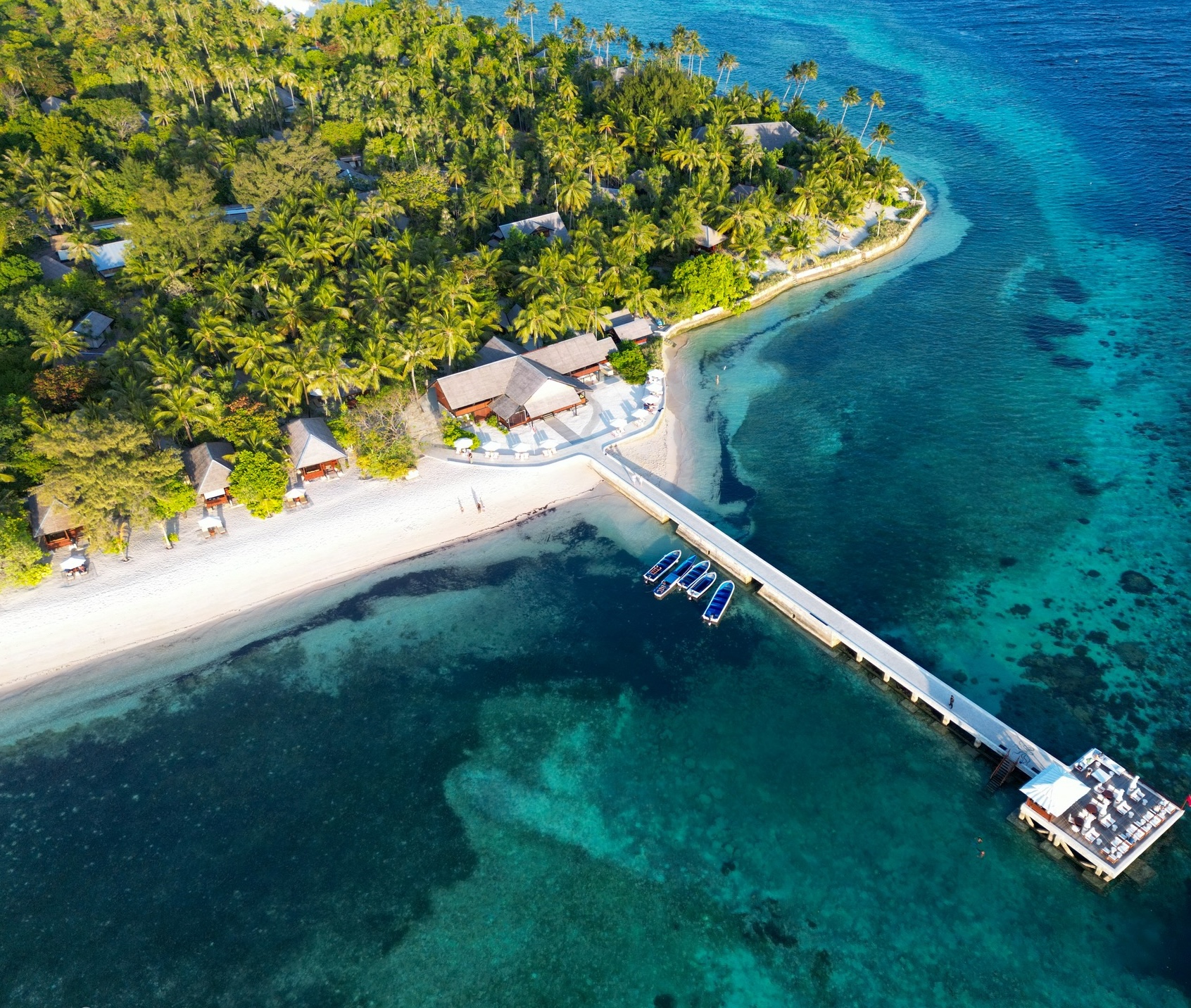
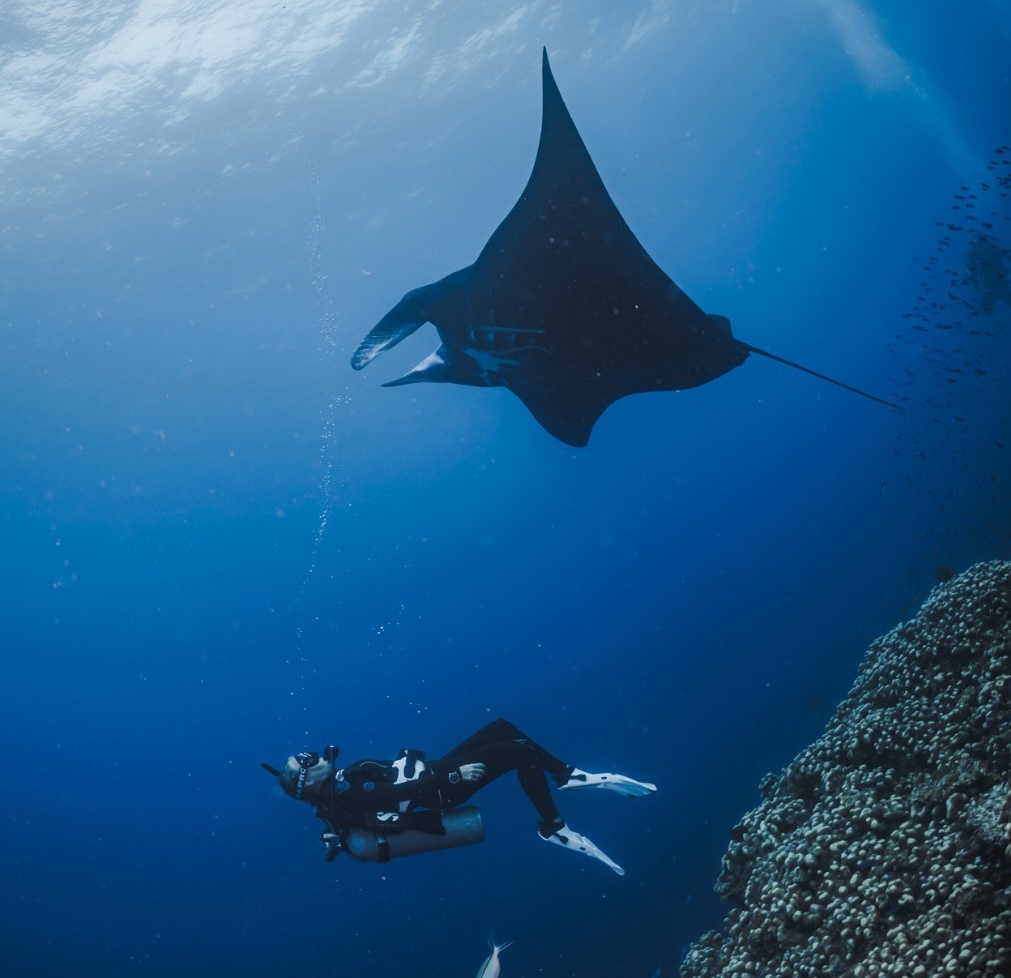
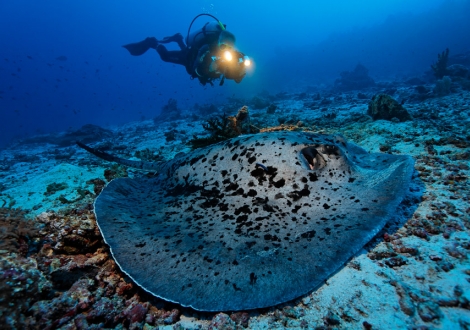
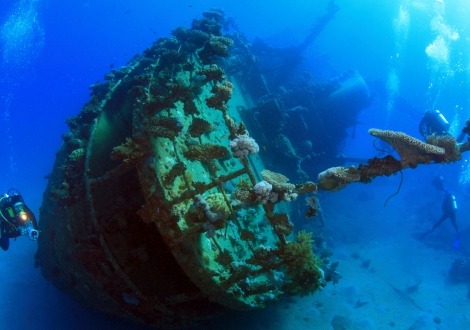
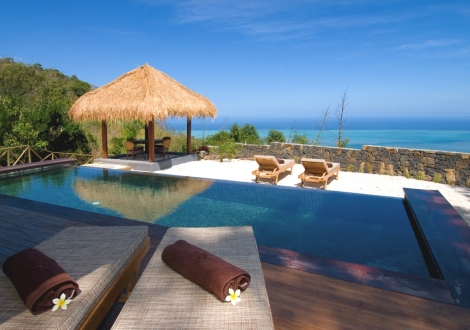




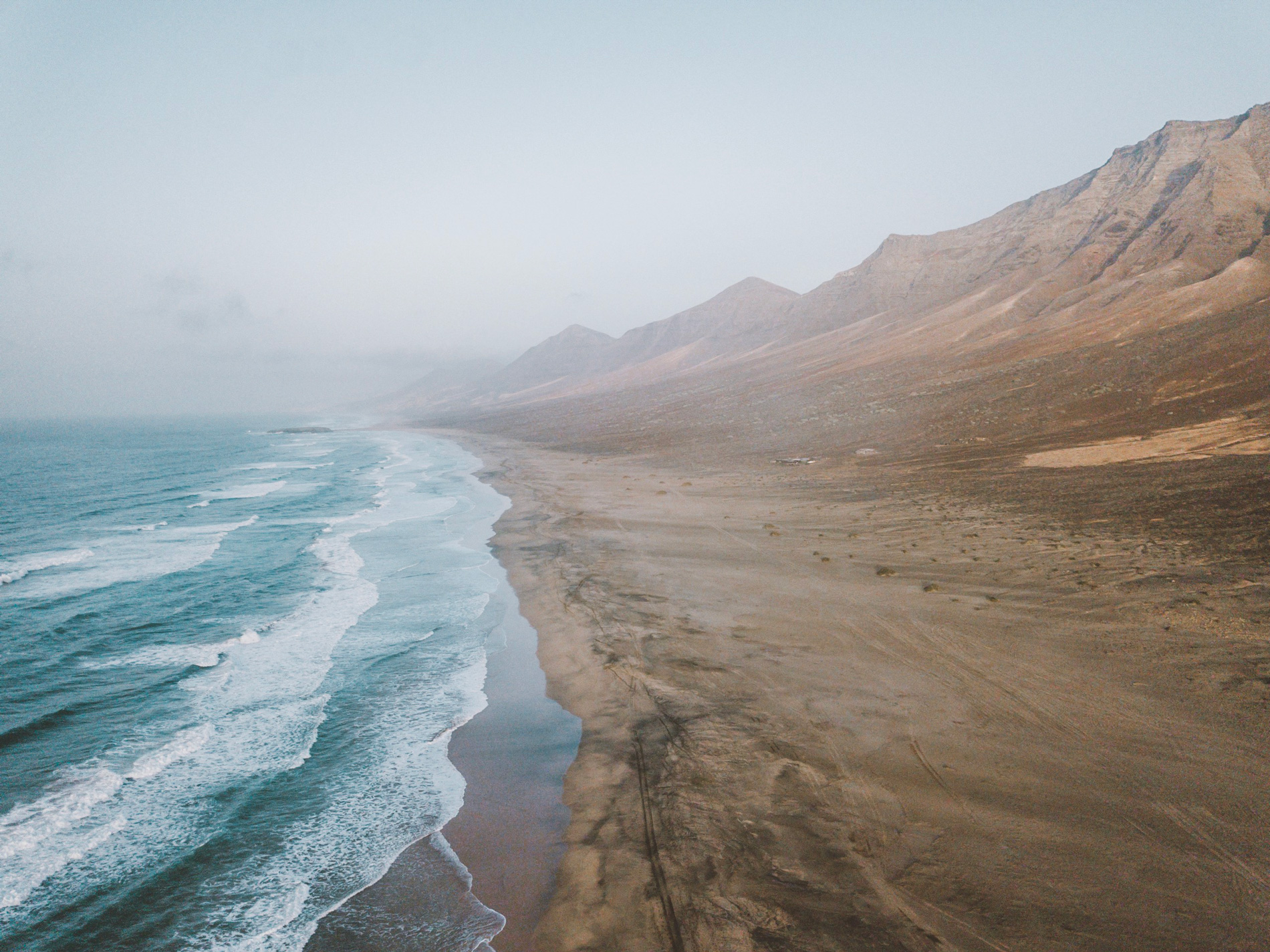
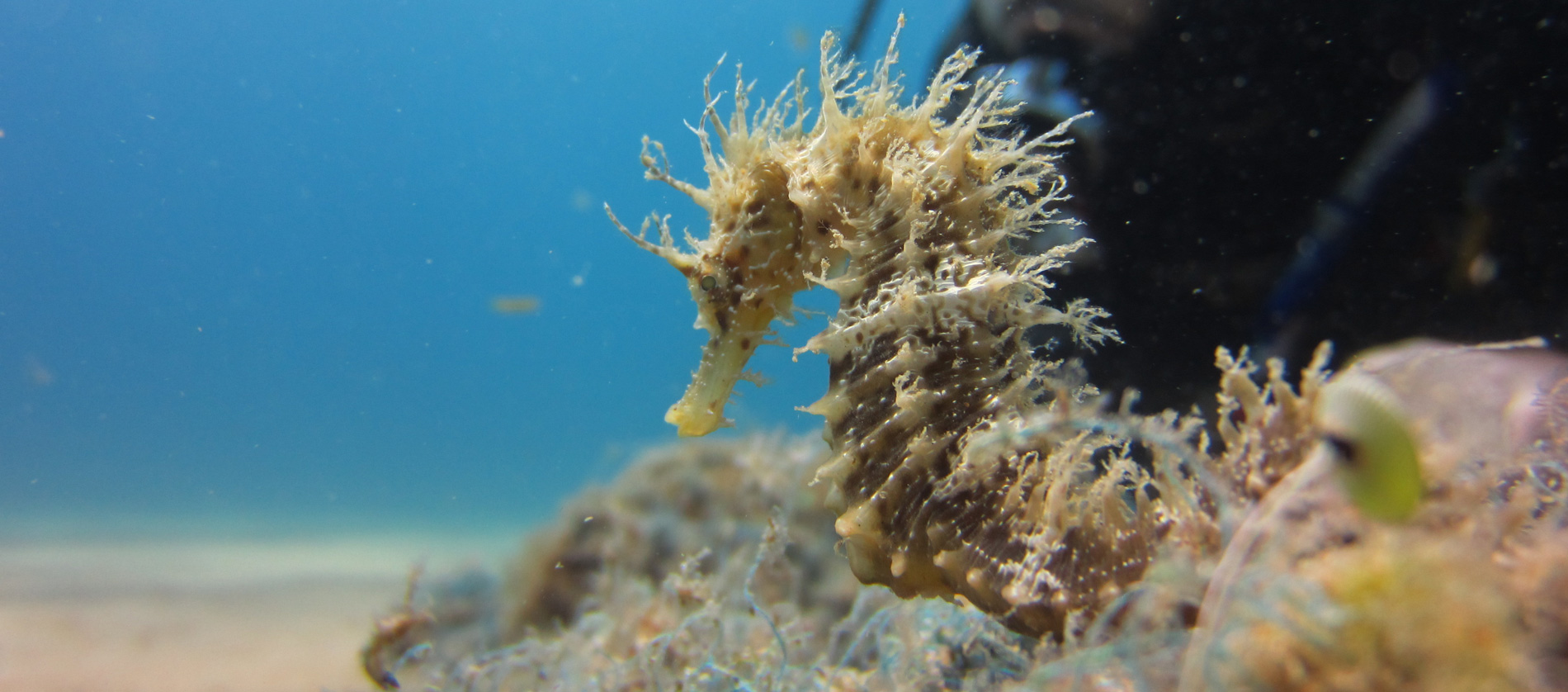
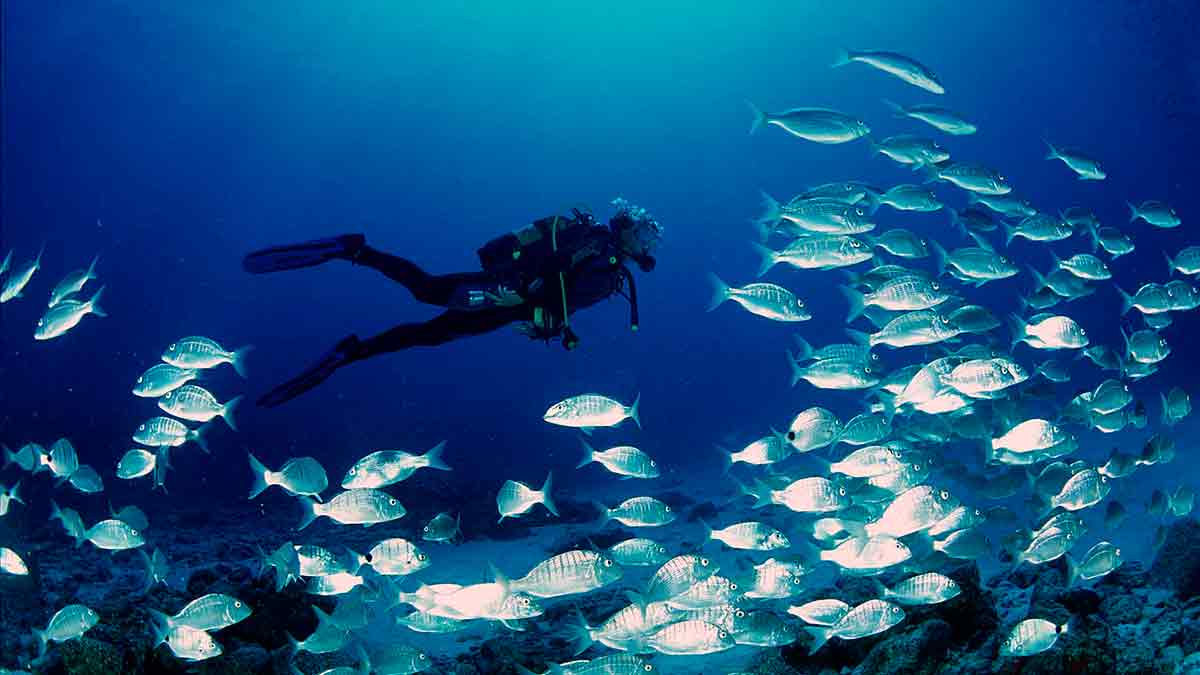
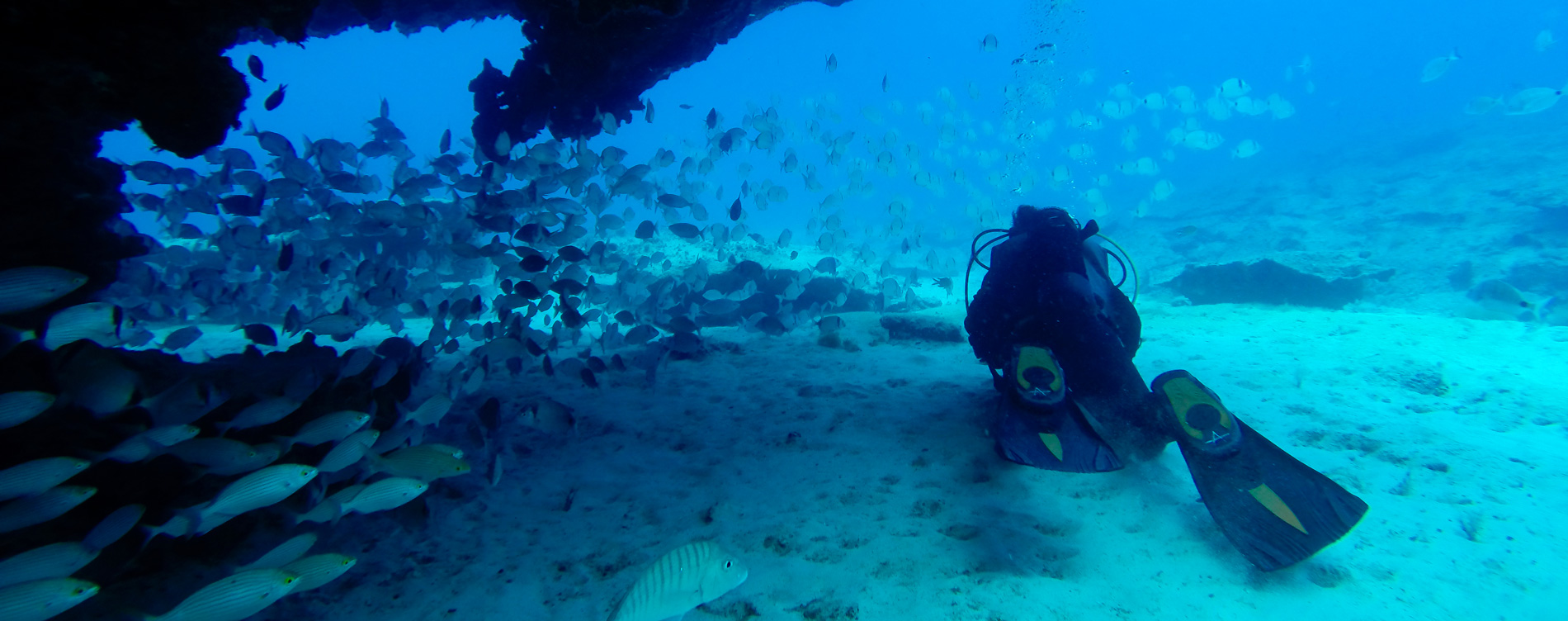

.png)
.png)






